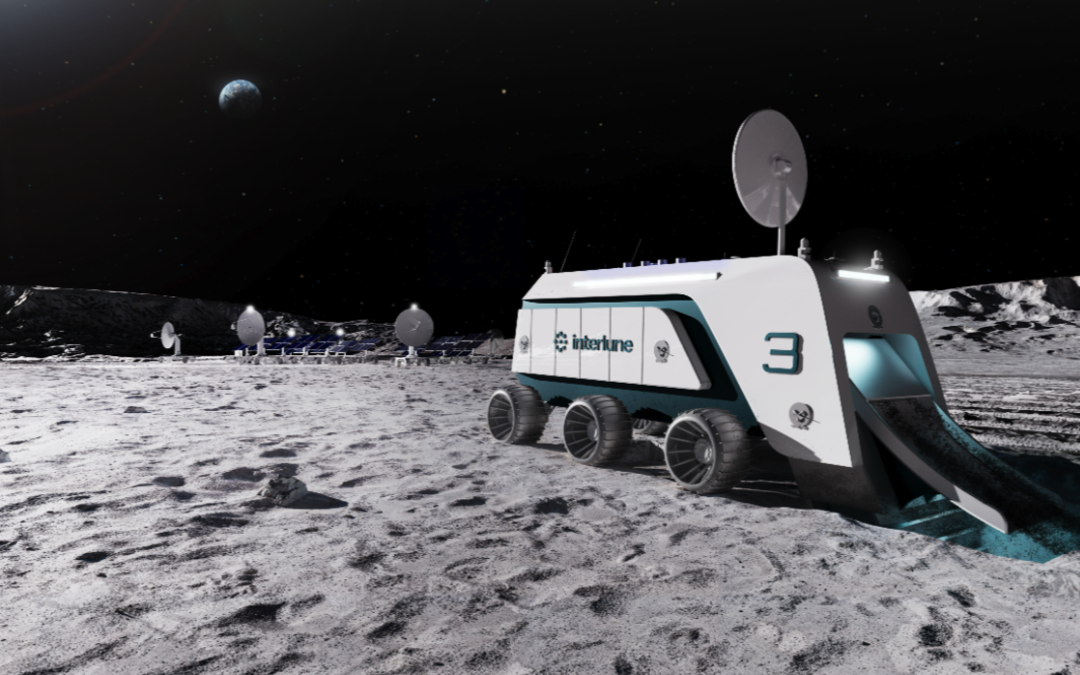Interlune Partners With Vermeer to Develop Moon Excavator for Helium-3
Interlune and Vermeer reveal lunar excavator prototype to harvest helium-3, targeting space resource commercialization.
Space resources company Interlune and industrial equipment manufacturer Vermeer Corp. unveiled a full-scale prototype of an excavator designed to harvest helium-3 from the Moon on May 7, marking a significant step in efforts to commercialize lunar materials.
The prototype, developed jointly by the two US-based firms, is engineered to continuously extract up to 100 metric tons of lunar regolith per hour.
Interlune, based in Seattle, is targeting helium-3, a rare isotope on Earth but relatively abundant on the Moon, with potential applications in quantum computing, national security, medical imaging and nuclear fusion.
Partnership Bridges Space and Earth-Based Innovation
“When you’re operating equipment on the Moon, reliability and performance standards are at a new level,” said Interlune CEO Rob Meyerson, a former Blue Origin executive. “Vermeer’s legacy of innovation makes them the ideal partner.”
Vermeer, headquartered in Pella, Iowa, is best known for its industrial and agricultural machinery. The collaboration reflects growing crossover between the space and heavy equipment sectors.
Vermeer CEO Jason Andringa, whose grandfather founded the company in 1948, will join Interlune’s advisory board as part of the partnership.
“Combining my personal passion for aeronautics and astronautics with Vermeer’s legacy to responsibly harvest lunar resources is something I’m incredibly proud of,” Andringa said.
Excavator Key to Proprietary Four-Step System
The excavator is part of Interlune’s proprietary four-step lunar harvesting system: Excavate, Sort, Extract, and Separate.
The company said the machine is designed to minimize power consumption, dust generation and surface disturbance — critical for operations in the Moon’s harsh environment.
The announcement follows successful tests of a sub-scale version of the excavator in 2024. Interlune is also actively testing its sorting and extraction technologies in simulated lunar gravity, with additional development underway at its cryogenic lab in Seattle.
Funding and Government Support Fuel Progress
Interlune has raised $18 million to date and received funding from NASA, the Department of Energy, and the National Science Foundation. The company is planning several lunar missions later this decade.
Founded in 2020, Interlune aims to be the first commercial entity to extract and sell natural resources from space. Scientific and industrial interest in helium-3 has been growing since the US identified a shortage over a decade ago.
The partnership signals a growing appetite for terrestrial expertise in space-focused ventures, as both public and private sectors look to the Moon as a source of critical materials.
Nirmal Menon
Related posts
Subscribe
Error: Contact form not found.


